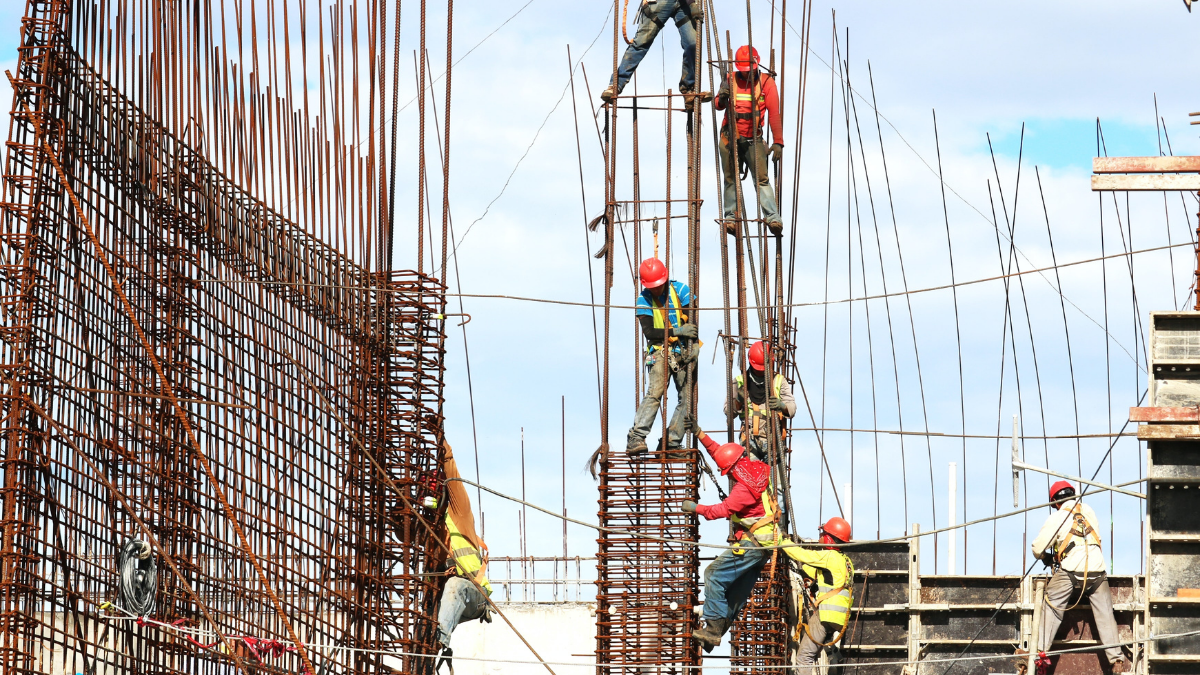In a digital address to the McKell Institute today, Shadow Minister for Innovation, Technology and the Future of Work Clare O’Neil warned of the “tsunami coming for workers in predominantly male industries.”
In June, Ms O’Neil outlined how COVID-19 disproportionately affected women because of the havoc it wreaked on female-dominated industries such as hospitality and on the predominantly female part-time and casual workforce.
Today, Ms O’Neil outlined how the transition from an “artificial phase” of government shut downs to the “organic phase” of Australia’s recession brings about structural change that will disproportionately hurt men.
“Women had it worse to begin with. Now it is men, and there is evidence that as the months progress, we may see more of this,” said Ms O’Neil.
Research from McKinsey predicts that in March next year, the hardest hit industries will be construction (88 per cent male), manufacturing (73 per cent male) and professional services (57 per cent male).
McKinsey also estimates that when JobKeeper and JobSeeker are withdrawn next year, just under half a million jobs will be lost. ALP analysis found that more than 60 per cent of those jobs will be lost by men.
ABS data also shows that male unemployment has now surpassed female unemployment.
“The Australian Bureau of Statistics monthly labour force data shows that by September 2020 men were more likely to be unemployed as a result of the COVID recession. The male unemployment rate is now 7.14 per cent compared to female 6.71 per cent, and male unemployment has risen more than female unemployment during the COVID period,” said Ms O’Neil.
“Women are still more likely to be underemployed than men (as they were before COVID) but the increase to the share of underemployed is higher for men than women. The male underemployment rate has increased by 3.5 per cent since March, and the female underemployment rate has increased by 1.5 per cent.”
Ms O’Neil also noted that a skills mismatch between those who had lost their jobs and the new jobs appearing may hurt men more during this recession.
For instance, when manual work – historically dominated by men – becomes more automated, the “a third, a third, a third” phenomenon takes place.
“A third find full-time work elsewhere. A third end up underemployed, in a lower quality job. And a third never work again.”
Moreover, men who did not complete a school qualification are most vulnerable to job insecurity.
“According to the ABS, the participation rate of men of working age who did not complete a post-school qualification fell from 83.4 per cent in 1994 to 73.6 per cent in 2019. What this tells us is that for this group, one in four are not in the labour force at all, and that this dropped by 10 points over about 20 years,” said Ms O’Neil.
“In 1994, of those employed in this group, 94 per cent were in full time work. But by 2019, only 73 per cent were working full time.”
However, Ms O’Neil stressed that her speech was “not a pitch for more men to go to university.” Rather the problem is that “many Australian boys are not being particularly well served by our approach to education.”
“And indeed, this is a problem which has gotten worse, not better, over the previous 20 years,” said Ms O’Neil.
“We need a more diverse economy, which creates jobs across the skills spectrum, and the new focus on manufacturing will support that – though it is not the beginning and the end of it.
“And, we need all jobs to be decent jobs. And that means the Parliament stepping up on core industrial issues like labour hire and the systemic underpayment of workers.”
Keep up to date with our stories on LinkedIn, Twitter, Facebook and Instagram.

